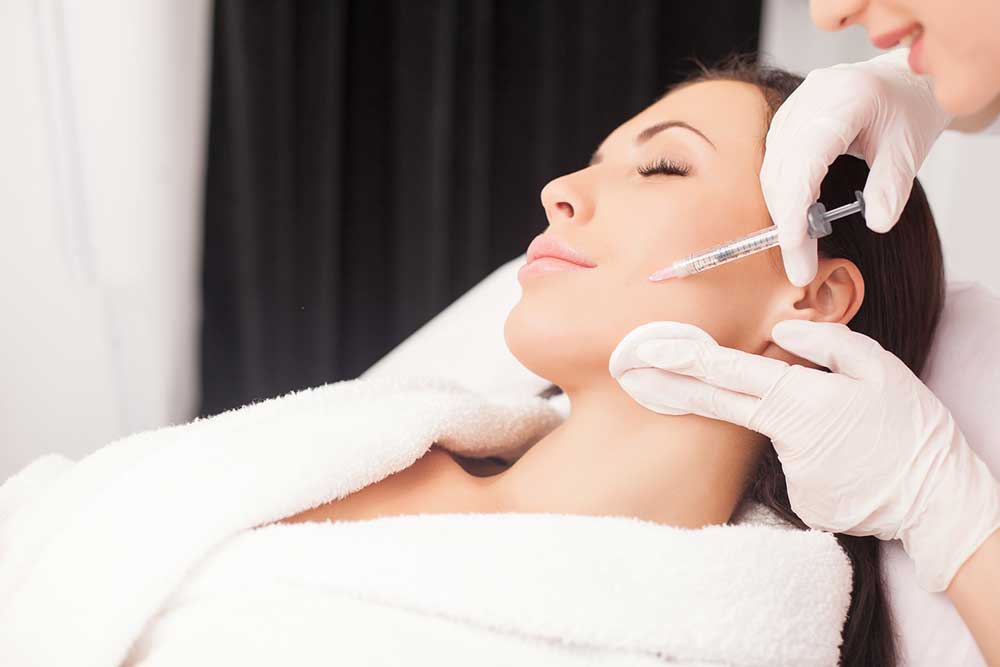10 Medical Uses of Botox
Clostridium botulinum is a type of bacterium that delivers a chemical called Botox. The chemical is naturally found in soil, lakes, and forests. The bacterium can also be found in the intestinal tracts of mammals and fishes and crustaceans. Botox is also used as a popular non-surgical cosmetic treatment as millions of citizens across the country use it to treat muscular conditions and to cosmetically remove wrinkles. Recent medical developments find the use of Botox for treating at least 20 different medical conditions.
Here are 10 such medical uses of Botox that you should know:
- Blepharospasms
Also known as eyelid spasms, the neurotoxin in the Botox causes temporary paralysis, thus blocking how the nerves communicate with the muscles.

Also known as crossed eyes, strabismus is a medical condition for which Botox was initially approved. Strabismus can be a childhood congenital issue occurring from trauma. Although crossed eyes can be corrected from trauma, it is also treated using botox as the chemical relaxes the muscles around the eyes that cause strabismus.
Drooling or hypersalivation is the uncontrolled salivation that could be a result of an underlying health condition or a side effect of the ongoing medication. Botox is usually administered by ENT (ear, nose, and throat) specialists. A few injections of Botox to the salivary glands paralyzes the nerves, stopping them from overproducing saliva.
For the people who experience excessive sweating in the head, face, armpits, hands, and feet, Botox injections have known to be an effective treatment option. In fact, several studies show a decrease in sweating in the areas by as much as 80 percent. While sweating is necessary to maintain a healthy temperature, excessive sweating makes the skin vulnerable to bacterial or fungal infection. Hence, it is recommended to use Botox to avoid excessive sweating.
Botox was recently approved to treat chronic migraines. People experiencing migraines exhibit symptoms such as light sensitivity, severe pain in the head, and nausea. Severe symptoms can also result in pain in the scalp muscles.
Doctors administer Botox to the temples, on the base of the head, and on the neck and head as it helps in relaxing the muscles and eases the pain. It can also be used between the eyebrows or the glabellar area.
It is a condition that makes the vocal cord sound strained, shaky, or hoarse. However, it is considered a neurological condition and not a speech disorder. People with spasmodic dysphonia receive abnormal signals from the brain, resulting in uncontrolled spasms affecting their voice.
It is a type of facial nerve paralysis that causes one half of the face to droop. It is caused when a particular cranial nerve is stimulated. Bell’s palsy occurs during pregnancy or if someone has diabetes. It also occurs after the transmission of certain viruses such as Lyme disease. Although Bell’s palsy is temporary, one can use Botox to relax the paralyzed facial muscles, thereby aiding in recovery.
Graves’ disease or hyperthyroidism is an autoimmune disorder in which people have an overactive thyroid. Thyroid eye disease makes it difficult to lower the eyelids completely. It can also cause tightening of the eyelids, giving a look of retracted or bulging eyes. In such cases, Botox is injected into the eyelids to relax the muscles, allowing the eyelids to retract completely and open against gravity.
A person might experience neck spasms due to external trauma, meningitis, spinal stenosis, and cervical dystonia. Botox was approved to treat neck spasms even before it was approved to smoothen the frown lines between the eyebrows. Multiple injections near the neck area can provide relief from the symptoms of the above-mentioned conditions.
Many medical avenues are exploring the possibility of using Botox in therapy to prevent abnormal heartbeat that a patient might experience during open heart surgery.
Find the right Botox provider. A plastic surgeon or dermatologist might be the first inclination when finding a provider. Although Botox injections are relatively simple, they still need to be done by experienced and trained professionals. If Botox is injected into the wrong spot, it could have negative side effects, such as a droopy eyelid.
Take time to research the doctor’s credentials and experience. It is advisable to get Botox treatments only from someone who is board certified and performs both medical and cosmetic Botox injections on a regular basis.

